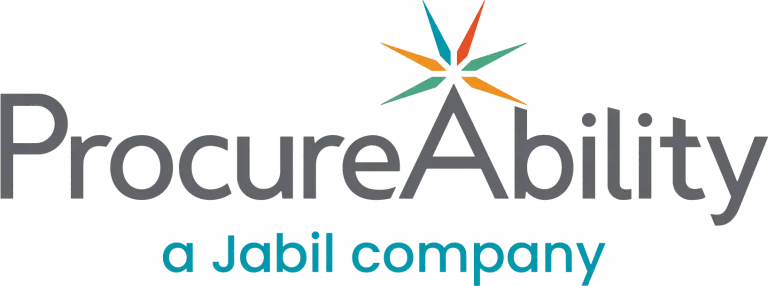Procurement professionals operate in a high-pressure environment, where aggressive goals, tight deadlines, and complex supply chains intersect. Consequently, the intensity of their responsibilities can lead to burnout, which in turn impacts both individual well-being and overall organizational success. In this blog, ‘Procurement Under Pressure: 8 Strategies for Extinguishing Burnout,’ we first explore the causes and consequences of burnout in procurement. Then, we identify the key signs and symptoms, and finally, we provide actionable strategies to mitigate burnout, helping to create a sustainable and resilient future for procurement professionals.
Understanding burnout in procurement
Burnout in procurement is a result of unrelenting stress caused by factors such as extensive workloads, constant pressure to cut costs, and challenging stakeholder dynamics. Procurement professionals face a myriad of responsibilities, from sourcing and negotiating contracts to managing supplier relationships and mitigating risks, often under short timeframes with ambitious, targeted KPIs. This increasing workload pressure is evident, with 75% of professionals prioritizing workforce growth and 86% of procurement and sourcing divisions experiencing increased workload expectations over the past year.1

To address burnout effectively, organizations must prioritize strategies that promote work-life balance, provide support, and optimize workload distribution. By acknowledging the underlying factors contributing to burnout and implementing targeted interventions, businesses can create a more sustainable and empowering environment for procurement professionals to thrive.
So what’s the best way to approach burnout in procurement?
8 Strategies to Mitigate Burnout in Procurement Teams
 Improve workload management
Improve workload management
Prioritize tasks based on urgency and importance, set realistic deadlines to avoid overloading team members, and encourage open communication about burnout. By doing so, organizations can ensure a balanced workload, support mental health, and maintain a productive workplace.
 Promote work-life balance
Promote work-life balance
Encourage employees to take regular breaks and vacations to recharge. Additionally, set clear boundaries between work and personal time—such as limiting after-hours emails or meetings—and offer flexible arrangements like remote, hybrid, or customized schedules.
 Recognition and appreciation
Recognition and appreciation
Regularly acknowledge employees’ contributions and achievements. Celebrating successes, both big and small, fosters motivation and a sense of value within the team.
 Skills development and training
Skills development and training
Invest in professional development opportunities to enhance employees’ skills and knowledge. Furthermore, provide training on stress management, resilience-building, and other relevant topics to equip staff to handle workplace challenges effectively.
 Supportive work environment
Supportive work environment
Foster an inclusive culture where employees feel valued, respected, and encouraged to communicate openly. Complement this with access to resources such as employee assistance programs or counseling to further support well-being.
 Team building and collaboration
Team building and collaboration
Build camaraderie and teamwork among procurement professionals. Encourage knowledge sharing and collaboration to leverage collective expertise. Organize team-building activities or retreats to strengthen relationships, morale, and trust within the team.
 Empowerment and autonomy
Empowerment and autonomy
Give employees the authority to make decisions and take ownership of their work. Providing autonomy and flexibility allows individuals to complete tasks in ways that suit their strengths and preferences, increasing engagement and accountability.
 Promote health and well-being
Promote health and well-being
Encourage healthy habits such as regular exercise, nutritious eating, adequate sleep, and mindfulness practices. Promote mental health awareness and provide resources to support overall employee well-being.
Creating a sustainable future for procurement professionals
Advancing procurement sustainably means continuously improving processes and sharing best practices. Leveraging digital tools for sourcing, contract management, and other tasks enhances efficiency, while adopting ethical policies and supplier diversity initiatives reinforces responsible practices.
Most procurement professionals (89%) use automation to cut down on manual tasks.1 Reducing risks through assessments and supplier diversification is also essential. Embracing diversity in hiring and engaging stakeholders boosts innovation and competitiveness. Monitoring performance and getting feedback helps keep improving and adding value.
Ultimately, supporting and retaining procurement talent requires a holistic approach that prioritizes well-being while sustaining operational excellence. Partnering with a third-party provider can supply additional resources and expertise to address burnout proactively, enabling organizations to cultivate a resilient, motivated procurement team ready to navigate complexity with renewed energy and dedication.
Author:
Director, ProcureAbility
Contributors:
Kathleen M. Pomento, Chief Marketing Officer, ProcureAbility
Elizabeth Derivan, Marketing Manager, ProcureAbility
References
1 Supply Chain Professional on Brink, Study Says (Supply Chain Professional)
2 2023: The Year of Autonomous Sourcing (Keelver)





